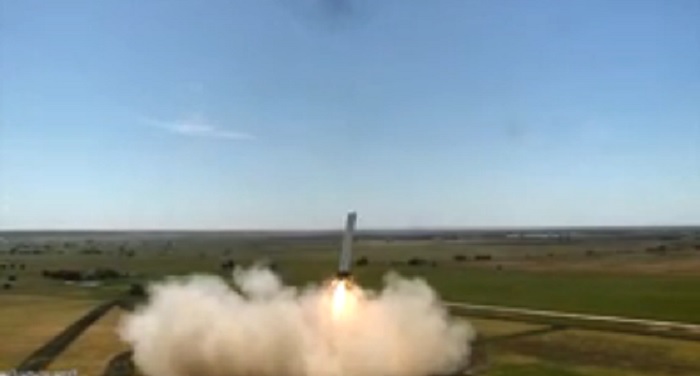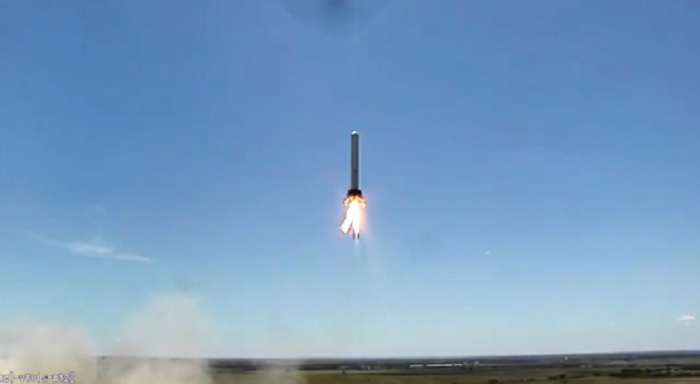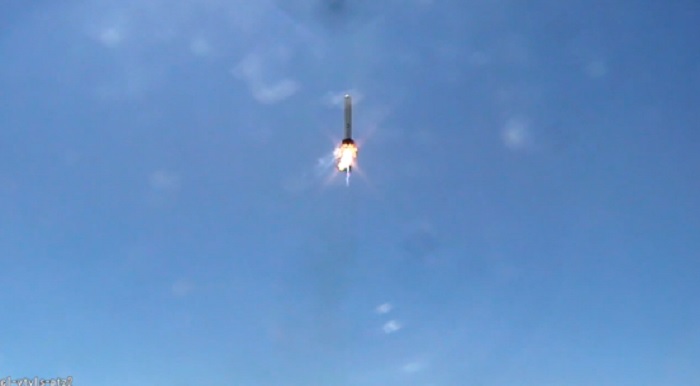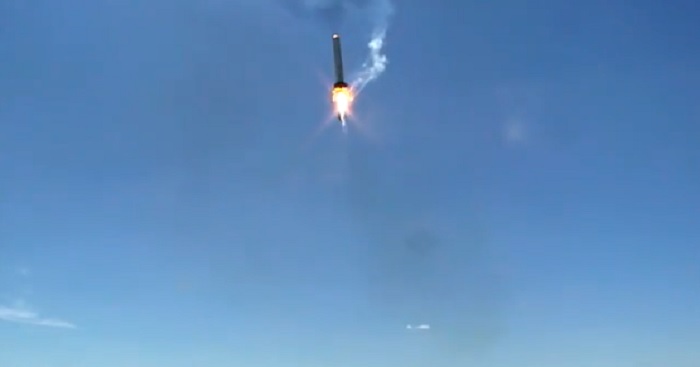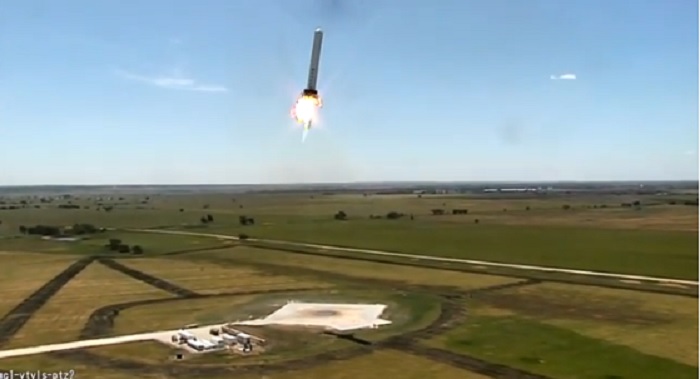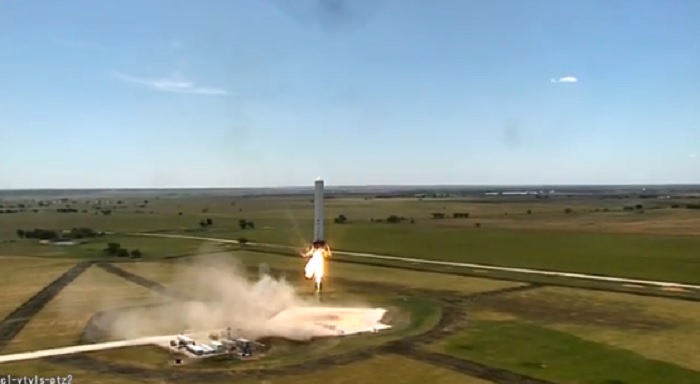.
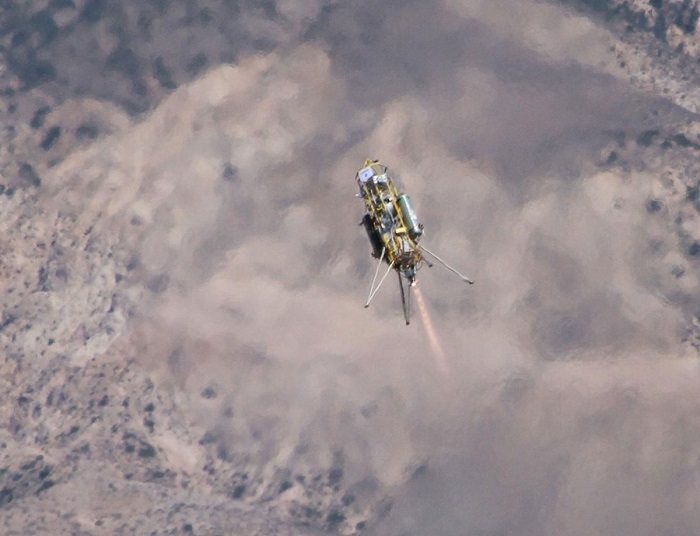
Future NASA spacecraft could be powered by zombies, or rather, Xombies – vertical take-off, vertical landing rockets of the kind seen here flying against the backdrop of the Mojave Desert.
VTVL rockets, as the industry calls them, are a mainstay of sci-fi but have not been used much in real-life space exploration. The Apollo Lunar Module, which ferried astronauts from orbit to the surface of the moon and back, is the only VTVL craft that has been used on a NASA mission.
Other VTVL rockets have been developed and tested on Earth, but their guidance algorithms often date back to the Apollo era. NASA is using the Xombie rocket, developed by Masten Space Systems in Mojave, California, to test new algorithms, which should cut fuel usage and enable missions to a wider variety of destinations.
This latest flight, which took place on 30 July, simulated a course correction during a landing on Mars. The rocket's flight algorithms were able to divert it from an incorrect landing point and land it safely.
The Xombie isn't the only VTVL rocket on the up and up. SpaceX continues to test its Grasshopper rocket, which has achieved an altitude of 325 metres and yesterday demonstrated its own course-correction skills.
.
SpaceX's Grasshopper test rocket flies sideways successfully
SpaceX's Grasshopper rocket demonstrates in a new video how future launch vehicles may well lift off, do their job and then maneuver themselves for a precision landing.
During Tuesday's test, the modified Falcon 9 test rig blasted off from its Texas launch pad and rose to a height of 250 meters (820 feet) with a 100-meter (330-foot) lateral maneuver.
The rocket hovered for some moments, then swung back and made a rapid, controlled descent onto the pad.
"The test demonstrated the vehicle's ability to perform more aggressive steering maneuvers than have been attempted in previous flights," California-based SpaceX said in an advisory accompanying the YouTube video. "Grasshopper is taller than a 10-story building, which makes the control problem particularly challenging. Diverts like this are an important part of the trajectory in order to land the rocket precisely back at the launch site after re-entering from space at hypersonic velocity."
The single-engine Grasshopper prototype is aimed at blazing a trail for fully reusable rockets that would fly themselves back home after they've done their work. It's gone through almost a year's worth of test flights at SpaceX's rocket development facility near McGregor, Texas. Last month, the Grasshopper took its highest leap to date, to an altitude of 325 meters (1,066 feet).
SpaceX's next mission is due to use a Falcon 9 v1.1 rocket with upgraded Merlin 1D engines to put the Canadian Space Agency's Cassiope satellite into orbit on Sept. 5. The next SpaceX cargo mission to the International Space Station has just been rescheduled to take place no earlier than Jan. 17.
Frams: SpaceX-Video
.
